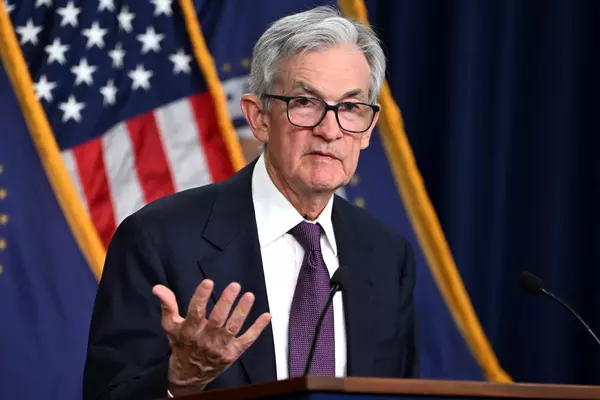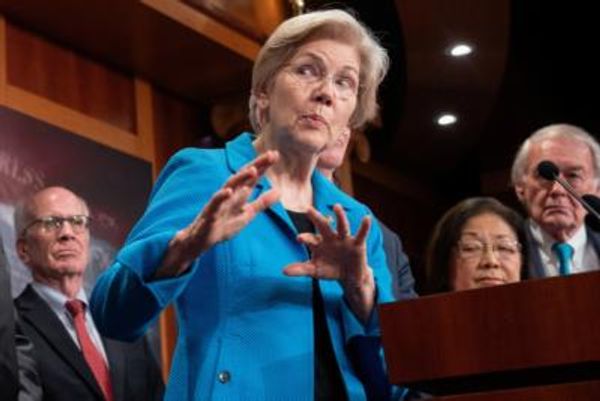
India is a country of dynasties, and the most famous is the Nehru-Gandhi family. The first family member to serve as president of the Indian National Congress was Motilal Nehru, father of Jawaharlal Nehru, who led the group from 1919-20 and again from 1928-29. After the second term, he was succeeded by his son Jawaharlal, who served the first of many terms at the top job— as president of the Congress in 1929-30, 1936-37, 1946, and 1951-54—as well as being India’s first prime minister from 1947-64.
By the time his daughter, Indira Gandhi, who acquired her convenient (but unrelated to Mohandas Gandhi) name by marriage, became president of the Congress in 1978, it was already a well-established family business. However, she turned it up a notch. In Nehru’s time, there were still heads of the party who weren’t from the family, but since 1978 (except for a short gap between 1991-98) the Indian National Congress has been led by a member of the Nehru Gandhi family. Since 1998, Sonia Gandhi, the widow of former Prime Minister Rajiv Gandhi, has led the party, save for the years between 2017-19 when her son, Rahul Gandhi, was in charge.
In the earlier days of the Indian Republic, the family name evoked feelings of respect and admiration across the country. My father, who was born in India in the 1960s and grew up in Delhi, recalled that even there, people wanted to vote not for Indira Gandhi, Congress politician but for Indira Gandhi, Nehru’s daughter, even though she was running in Rae Bareli in the state of Uttar Pradesh—almost 400 miles away.
Today, the Nehru/Gandhi name has lost the shimmer it once had. It no longer stands for an Allahabad prison sentence, a willingness to give up a family home for the betterment of the nation, or the independence of a new nation. Now, it stands for nepotism, scandals, and faux secularism. Voters have gone from looking for Nehru’s daughter to looking away from his bloodline and there’s no sign the party is trying to even change in the face of this.
During the Emergency, when Indira Gandhi took near-absolute power for 21 months, the Congress shifted from an all-India party to an all-Indira party. Congress luminaries like Jayaprakash Narayan, Morarji Desai, and Jivatram Kripalani were either removed from the party or left it, and some were jailed. In their place, a cabal of family members, sycophants, and yes men rose to power, each pursuing their own ends. Sanjay Gandhi, Indira’s first son, pursued projects like large-scale sterilization of poor Indians and the demolition of sites like impoverished areas around the Jama Masjid mosque in Delhi.
Eventually, Indira Gandhi decided to hold elections in 1977, and she and her version of the Congress lost in a historic blowout leading to the formation of the first non-Congress government. The Indira Congress wasn’t down for the count, however; they eventually came back to power in 1980. The biggest continuity between the Congress of 1977 and the Congress of 1980 was that they were both one-woman institutions with everyone else playing a supporting role. However, this was not to last—in 1984, Indira Gandhi was murdered by two of her bodyguards over her support of Operation Blue Star, the assault on the Golden Temple in Amritsar (one of the holiest sites in Sikhism). Her assassination kept her reputation alive. Had she continued on as a politician, she would have to further answer for the Emergency (the 18 month suspension of democracy within India) and the authoritarianism unleashed by her and her family, her assault on a Sikh holy site, and more. However, as a martyr to India, she didn’t really have to and in making her one, the Congress Party also made some of her changes permanent.
Yet this was in some ways, the best chance for a non-Gandhi to lead the party. The outpouring of sympathy across India meant that the Congress Party was already likely to do well and thus, could take a risk. Many were considered for the role, among them future President Pranab Mukherjee, but ultimately, they weren’t selected. Indira Gandhi’s other son—Rajiv Gandhi, best known as a pilot, was instead made the face of the party. Rajiv was a young man, still India’s youngest prime minister. He was also seen as a face of reform as well as continuity—he was, after all, a Gandhi. Rajiv Gandhi led the party to the biggest victory in the history of the Lok Sabha—more than 400 seats out of the body’s 542.
But his time in office is perhaps remembered best for all the scandals—especially the Bofors Scandal and the Shah Bano case. In Bofors, he was accused of profiting from military contract deals between the Bofors arm manufacturer and the Indian Army. Shah Bano was a far different affair—a complex scandal over religious divorce vs secular law. Gandhi and his advisors were worried about a political backlash and loss of votes from Muslims, because the judgement may have been seen to set up Muslim religious beliefs regarding divorce on a collision course with secular law. Unfortunately for Gandhi, the backlash came anyway; though not solely because of Bano or Bofors, his party lost the 1989 elections.
The next set of elections happened in 1991 and Rajiv had no chance to finish them—he was assassinated by a Tamil suicide bomber while campaigning, and succeeded by Pamulaparthi Venkata (P. V.) Narasimha Rao as Congress leader and prime minister. For the first time, there was no member of the clan waiting in the wings.
But by 1998, poor performance and internal party discontent gave another Gandhi a shot. Sonia Gandhi, Rajiv’s widow, was made party president—the first Gandhi in the role since her husband around 10 years earlier. She was different from many Congress presidents—she was an Italian-born Catholic who had met Rajiv while he was at the University of Cambridge. However, by the 1990s she was no outsider to Indian politics—her mother-in-law Indira Gandhi had taken a liking to her, and brought the young woman under her wing when she first moved to India. By the time Rajiv was assassinated, she was a well-known figure. With her ties to both previous Congress prime ministers, she was seen as capable of leading the party to brighter days. With the assistance of Pranab Mukherjee, she was made president and since then, only one other person has shared the title with her—her son Rahul Gandhi, who held it for two years from 2017-19. In comparison, since 1998, the BJP, the chief rival of the Congress, has had 10 individuals as party president—none of whom were related
The Congress Party has become more a party of dynasts than a serious political enterprise, to its own cost. After winning the 2004 and 2009 elections in a coalition with several parties, the Congress-led coalition lost the 2014 election in a blowout, and their 2019 performance was highly dispiriting to supporters. It is clear it is time for change—the question remains whether the party will act on it.
When Rahul Gandhi resigned from the presidency, he was clear that the next president should be a non-Gandhi. The Congress Working Committee responded to this by making his mother the acting president. Sonia Gandhi has now spent more time atop the INC than Jawaharlal Nehru. When members of the Congress, including Rajya Sabha Leader Ghulum Azad and former Union Ministers Shashi Tharoor, Kapil Sibal, and more sent a letter to the Congress president seeking elections for the Congress Working Committee, their request was ignored and at least one of them lost their positions for speaking out.
In all likelihood, Sonia Gandhi will lead the party for as long as she wants to and after that, it will probably be led by one of her children. Rahul, after his back-to-back national drubbings, is probably out for good, but Priyanka Gandhi, her daughter, is still a possibility and as she is in charge of the Congress’ 2022 Uttar Pradesh Election strategy, maybe she’ll be able to demonstrate political knowhow and aptitude. However, this is unlikely—when she led the 2019 Lok Sabha campaign in UP, the only winner in the 80 seats contested was her mother in Rae Bareli.
Congress will probably continue to lose younger leaders either to the BJP as they did Jyotiraditya Scindia or lose them to the backbenches, like Sachin Pilot. Increasingly, the party which once had most of the younger leaders of India—from Nehru to Patel to Gandhi to Maulana Azad—will find itself without them as they ask why they should hitch their star to a party that doesn’t care for them or their future.
Nehru’s work swings in the balance here. It is true that the BJP has taken increasingly authoritarian actions, and it is also true that they’ve changed the face of the country. However, this happened with the support of the voters and that is the nut that must be cracked—how did all these people come to vote this way? This isn’t only an academic question—this is what the party must resolve because the voters in Phulpur, Uttar Pradesh that sent Nehru to the Lok Sabha in 1951, 1957, and 1962 sent a BJP candidate, Keshari Devi Patel, to the Lok Sabha in 2019, and this has happened across the country.
One answer to this question can be found in Modi’s 2014 campaign, which was mainly about corruption. Modi projected himself as a far less corrupt politician—one from an ordinary family, without children of his own. It was a stark contrast with the UPA’s scandals. Congress doesn’t need a childless leader, but it doesn’t need to be tied to the mast of the Nehru-Gandhi clan either. A non-Gandhi might be able to mount a serious challenge to Modi. As former Congress spokesman Sanjay Jha has written, the history of India and the Indian National Congress are closely tied. If the country is to stay a democracy, the party must do so as well, and they must act before it’s too late to make a difference.







